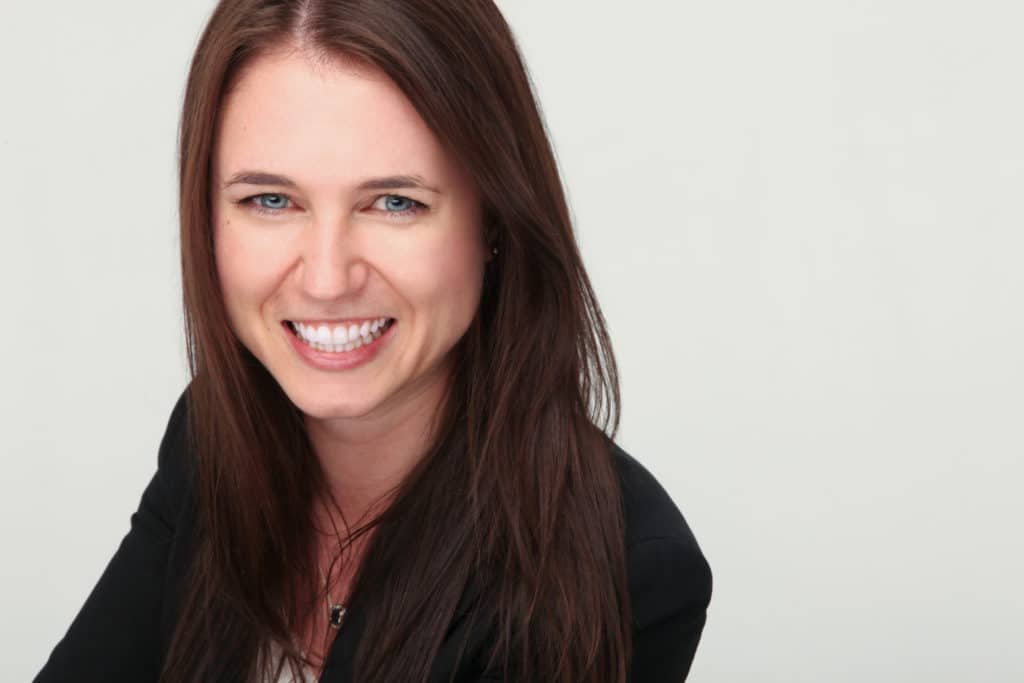You asked for more content around business finances, so we’re delivering. Welcome to Money Matters where we give you an inside look at the pocketbooks of CEOs and entrepreneurs. In this series, you’ll learn what successful women in business spend on office spaces and employee salaries, how they knew it was time to hire someone to manage their finances, and their best advice for talking about money. For this installment, we caught up with Kim Kaplan, founder and CEO of the video dating app Snack. Here, she shares the ah-ha moment that inspired her to launch a new kind of dating app, the reason she believes women should talk about money and business more openly, and the best advice she has for female founders currently seeking funding.
You were one of the earliest employees at Plenty of Fish, a dating site that eventually sold to Match Group for $575 million in 2015. What was the lightbulb moment for Snack and what inspired you to launch your business and pursue this path?
I was scrolling through TikTok one day and saw a video of a woman pointing to her name, age, location, and zodiac sign. I had this ah-ha moment and realized that she was trying to use TikTok to date. However, the platform wasn't built for it (there's no location, way to know who's single, what their age is, etc.). The song that went with that video trend had over 130,000 videos created that were all dating-related, and the hashtag single had over 13 billion views at the time—that was when I knew there was a massive opportunity.
You recently raised a $3.5M seed round from investors like Kindred Ventures, Coelius Capital, Golden Ventures, Garage Capital, Panache Ventures, and N49P—no doubt you’ve learned a lot along the way. What are three crucial elements everyone should include in a pitch deck when raising money and why?
A lot of emphasis is placed on the pitch deck when it comes to raising capital, I actually think the process for raising capital is just as important (if not more so). These are the three pieces of advice I would give:
1) Spend the time upfront to prepare a list of funds and partners at those funds that you want to speak to. Find which connections you have in common and see who can give you a warm introduction.
2) Think about what you can learn from the process, whether it’s the advice you're hearing from investors on how you can better frame your pitch or what you should change in the next pitch to pre-empt some of the questions you’re getting.
3) This is more COVID-19 related, but find a place where you feel the most comfortable. One benefit of pitching over Zoom is that you’re not racing from one location or office to another. Instead, you get to pick where you pitch from. I chose to pitch from my couch, inviting investors into my den instead of going into theirs.
What advice can you share for entrepreneurs on partnering with the right investors? What do investors need to bring to the table other than just money?
There are numerous investment options out there, but the three primary routes for startups are venture capitalist firms, private equity, and angel investors. By understanding your needs, you can narrow down which type of investment would suit your company.
My personal experience at Snack has been with venture capitalist firms and angel investors. From that experience, my number one tip would be to do your reference checks and talk to founders of other companies they’ve invested in to understand what they’re like to work with and what their expectations are. This will help you ensure you’re aligned with their values.
Women-led startups received just 2.3% of VC funding in 2020. Why do you think there is still so much inequality in the venture capital world, and what advice can you share for women entrepreneurs who are currently seeking funding?
I think part of the issue is approaching investors with confidence and the ways in which women present themselves. I was told to act overconfident when I was pitching. It wasn’t so much that I wasn’t confident in myself or my idea, but I need to exude that confidence in a way that I think is a lot more natural for men.
Where do you think is the most important area for a business owner to focus their financial energy on and why?
Time is your biggest resource, so how do you make sure you're directing it to the right parts of the business? It’s important to hire (if possible) to fill the areas that need attention but are not your areas of expertise. For example, I immediately hired an accountant to help with bookkeeping as I knew it would take an exorbitant amount of time and someone could do it better and more efficiently than I could.
What are your largest expenses every month?
Salaries. We want to make sure we have great people around the table and as such it’s definitely the largest expense.
Legal fees. We’re still in the process of fundraising and completing the company setup (such as trademarks) so there are lots of legal fees.
Do you pay yourself, and if so, how did you know what to pay yourself?
This is a hard question to answer because every founder is in a different financial situation; there’s no one size fits all. What I can say is, if you can afford to pay yourself less, you’ll be able to scale faster.
Do you think women should talk about money and business more?
Yes!!! Men have more open conversations with other men about money; how much they make, what they are investing in, and about new opportunities. These types of conversations not only help people learn about their financial worth but also open up opportunities. Additionally, I believe these conversations boost a person’s confidence to jump into the unknown and take a risk. Take startup investing or crypto as an example, there are fewer women in these industries so there are fewer people to go to discuss shared experiences, ask questions or simply learn.
Not only do we need men to be transparent about their finances, but women need to be speaking openly with each other as well. The more we engage each other in financial and business conversations, the more confidence we will collectively gain. Quite simply, we all need to talk about money and business more openly.
What money mistakes have you made and learned from along the way?
Oftentimes at the start of a business, it makes sense to bring on a contractor when you don’t have enough work or capital for a full-time hire. I hired a contractor that simply wasn’t delivering as expected. Looking back, I should have checked in with them more often, set very clear deadlines for deliverables, and cut ties much sooner.
What is your best piece of financial advice for new entrepreneurs?
For founders that are seeking investment, I would remind them that people invest in you as much as your idea. Communicate your passion and confidence in your business and think about how to build a relationship with your potential investors. Investors provide value beyond finances; it’s important to find ones that you connect with.
Featured image: Courtesy of Kim Kaplan















